A gearbox contains a great many moving parts. Some of them are submerged in oil and some of them are splashed that is,
The oil is carried to them by other moving parts.
The lubrication is designed to prevent metal-to-metal contact, between teeth on gears,
For example.
The type of oil used depends partly on the type of gears,
The manufacturer has designed it into the gearbox.
As in the engine, the oil must be able to withstand high temperatures.
‘Extreme pressure ‘ additives in some gearbox oils act as solid lubricants on gear teeth
When the temperature rises above the safe limit of ordinary oils.
Also, read:
The gearbox oil level should not drop noticeably between routine oil changes about every 30,000 miles (ca. 48,280 km).
If you have to add a lot to correct the level, check carefully for leaks.
Stand the car on level ground before you check the gearbox oil level. On most cars the filler
Plug on the side of the gearbox acts as the oil-level indicator,
But a few cars have a gearbox dipstick.
Layout under a transverse-engined front-wheel-drive car
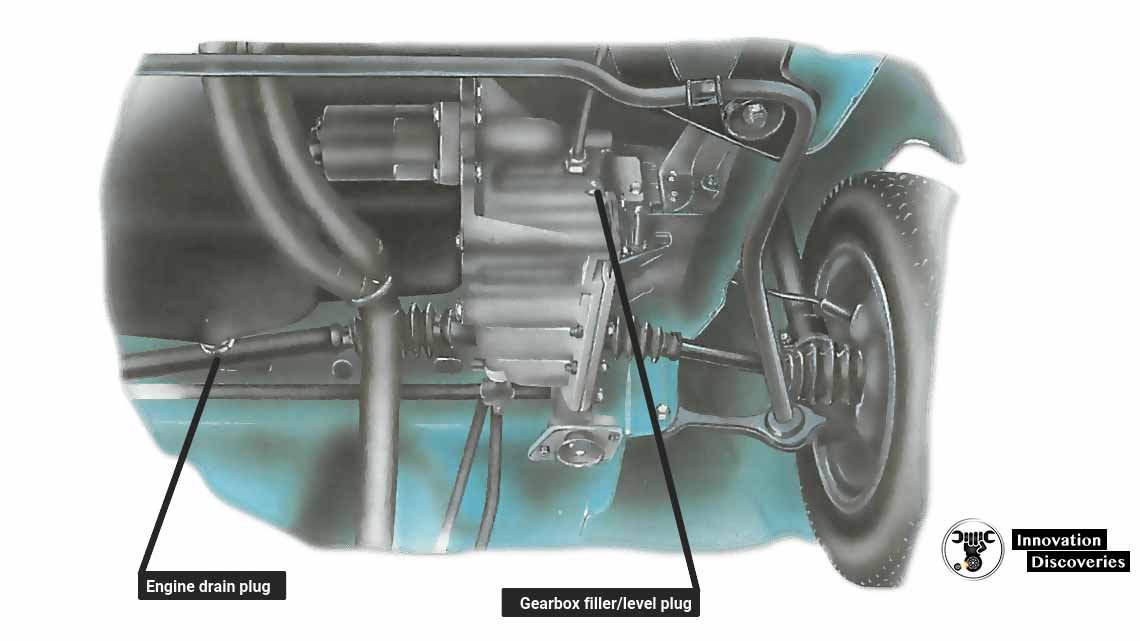
On the gearbox so identify it correctly before you unscrew it.
Layout under a front-engined rear-wheel-drive car
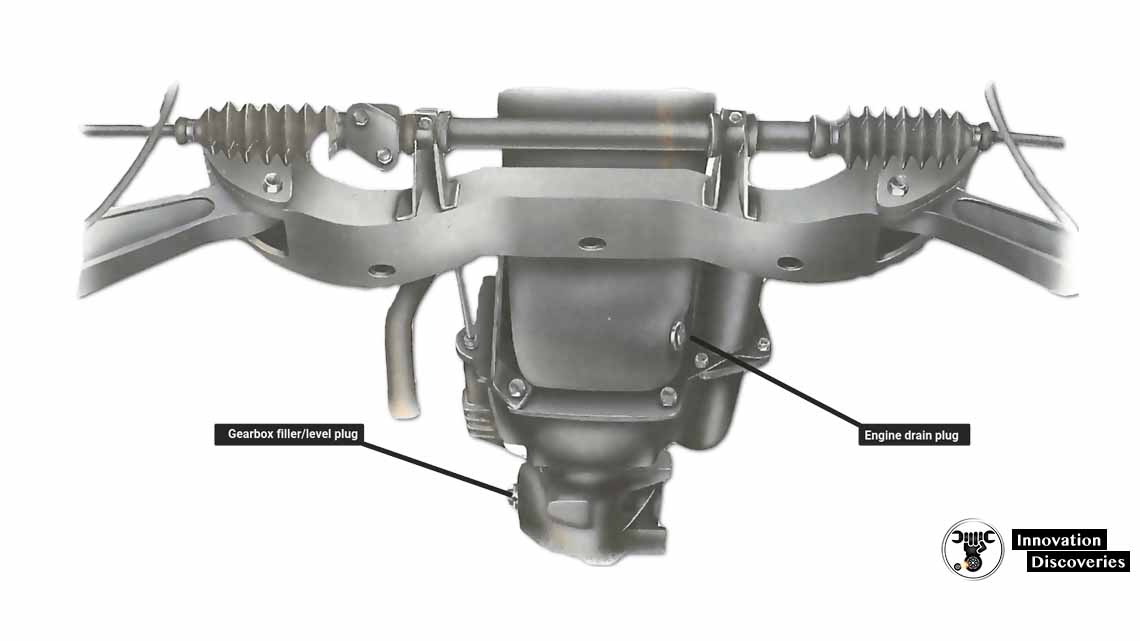
Marks on the gearbox dipstick show the recommended upper and lower limits for the oil level. Pull out the dipstick and wipe it on a clean rag. Replace it, then remove it again to read the oil level.
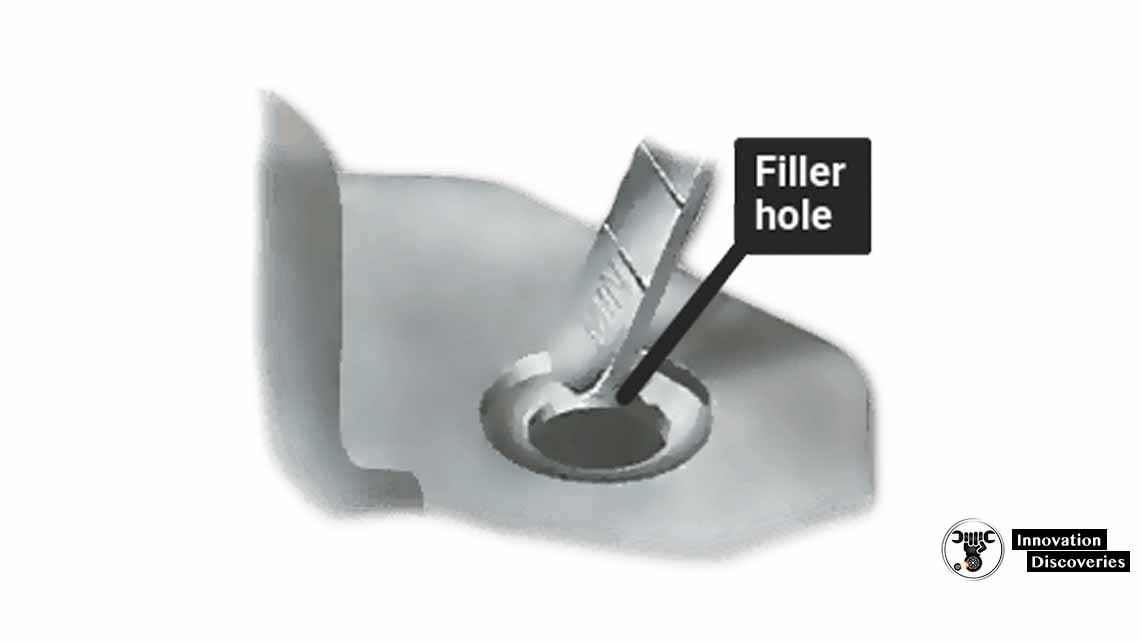
If it is too low, top-up to the upper limit with the correct grade of oil as specified in the car handbook.
Some cars the Mini and Metro, for example, have a common oil supply to engine, gearbox and final drive. The oil level for the whole system is checked with the engine dipstick.
Keep the oil up to the upper limit shown on the dipstick,
But be careful not to top up beyond this mark.
If you have the more usual filler-and-level plug on the side of the gearbox,
Consult your car handbook to identify it correctly. The side of the gearbox may have other
Plugs on it to cover adjustment points, for example.
To remove the plug, reach through the engine bay, or jack up the car,
Support it level on axle stands at front and rear, and lie underneath the gearbox.
More rarely, you can reach the plug through an inspection hole in the car floor beneath the carpet.
Depending on its type, the plug unscrews with an open spanner,
A large, hexagonal Allen key, or a square-ended key.
Some cars need a special tool that can be bought from a main dealer for the make of a car.
Multi-headed drain-plug or sump -plug wrenches that remove the gearbox,
Axle and sump plugs are sold in accessory shops,
But look to see exactly what you need before you buy one.
Wipe the area around the plug with a rag to clean away any grit, then take out the plug.
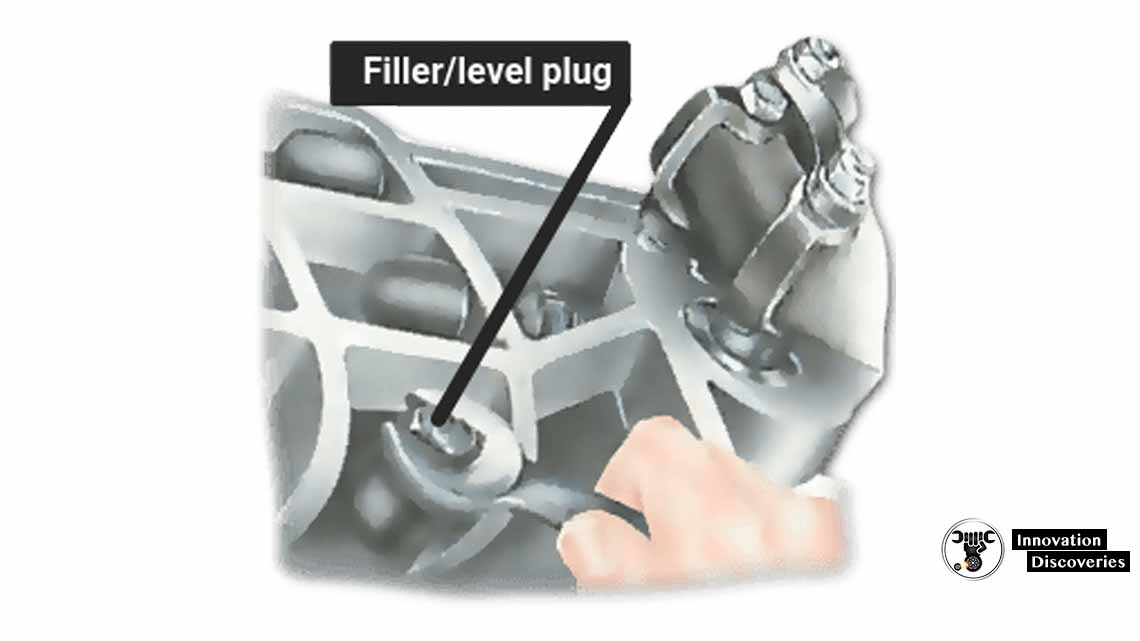
The oil should be level with the bottom of the filler hole. If you cannot get a clear view of the hole, push a fingertip in. You can feel the oil when the level is correct.
If the level is too low, top up until oil begins to flow out of the hole.
Some gearboxes use engine oil, others use hypoid oil.
It is important to use only the correct type and grade. Your car handbook will specify what these are.
The hole may be in an awkward position. Reach it with a plastic bottle fitted with a flexible tube through which you can squeeze the oil. Oil is sold in such containers, as well as in larger tin cans.
The plug often has a washer. Examine it and renew it if it is distorted, split or leaking.
Replace the plug, taking care not to overtighten it. Gearbox casings are usually alloy and can crack.
Draining and refilling the gearbox
It is best to drain the oil just after a run when it is warm and flows out quickly.
Put the car on level ground,
And make sure that you have enough new oil of the correct type for refilling.
To remove the drain plug, which is underneath the gearbox,
Use only a properly fitting tool so that you do not damage the plug.
The plug may be the same size as the filler plug.
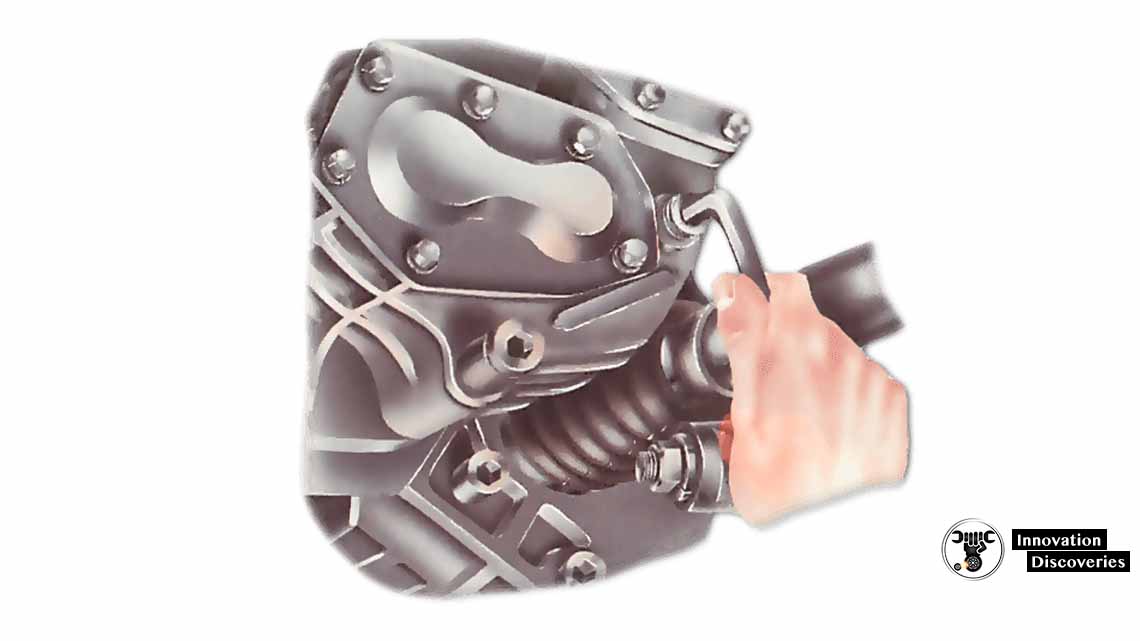
Sometimes there are two drain plugs,
Because of a baffle plate across the inside of the gearbox.
Clean around the plug or plugs before you remove them.
Put a container under the drain hole – large enough to take all the oil. You can use a 5-litre oil can be laid on one side with the other side opened;
Or use one of the special containers that can be sealed afterwards for carrying the oil for disposal.
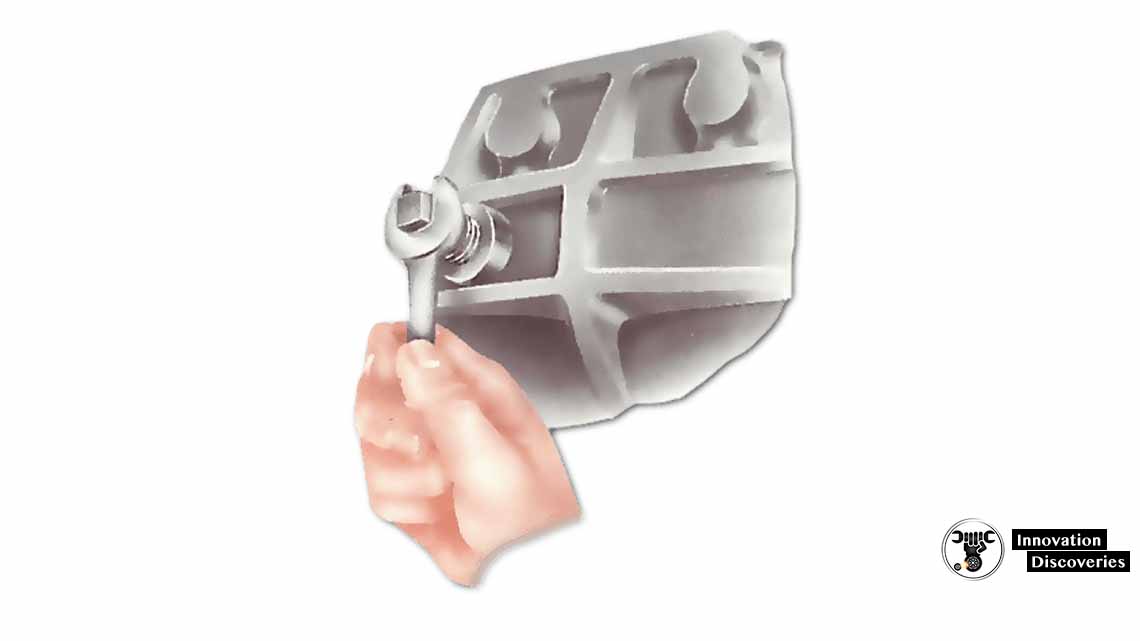
Loosen the filler plug to make sure it has not seized and that you will be able to refill. Have some rag handy to soak up any splashes. Take out the drain plug.
Read More:
When the oil flow has slowed to a drip,
Put a finger in the drain hole and hook out any metal particles or other debris.
Any significant amount of metal debris indicates trouble inside the gearbox,
And you should consult a garage.
If the drain plug has a washer, fit a new one. Replace the plug firmly, but do not overtighten it.
Fill to the correct level with the new oil and refit the filler plug.
Use the oil specified by the car manufacturer;
There is little gain in using a cheaper oil,
Since oil changes are at long intervals, perhaps after every 30,000 miles (ca. 48,280 kilometres).
Some gearboxes do not have a drain plug, only a filler-and-level plug for topping up.
To replace the oil in this type of gearbox,
Use a syringe to draw the old oil out, then refill in the normal way.
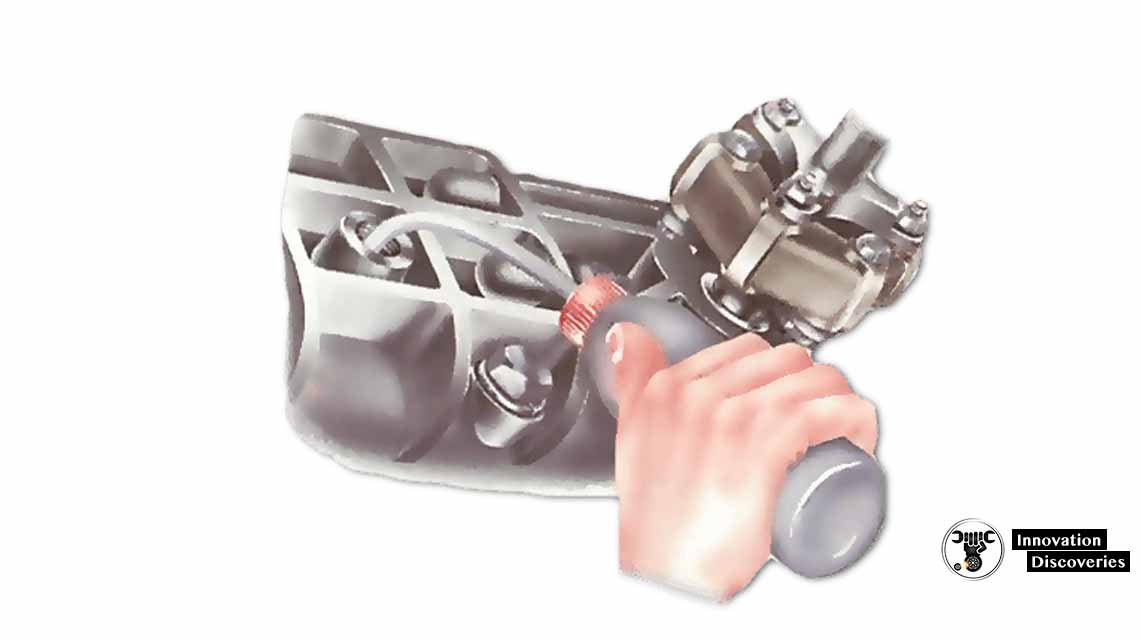
Which is often hard to reach. Some cars need a long tube. In cold weather, keep the oil warm for quicker filling.
Checking the gearbox for oil leaks
Jack up the end of the car where the gearbox is fitted, and support it on axle stands. Chock the wheels remaining on the ground. Apply the handbrake if you jack the front end.
Road dirt may hide a leak so that the first sign you notice is a low gearbox level during a routine check.
If the oil level has dropped, and you cannot immediately see the leak,
Top up then clean the whole gearbox with a proprietary degreaser. Drive the car a few miles then look for the leak again.
Usually, a leak is from an oil seal, gasket or sealing washer. Damage to the casing is seldom the cause.
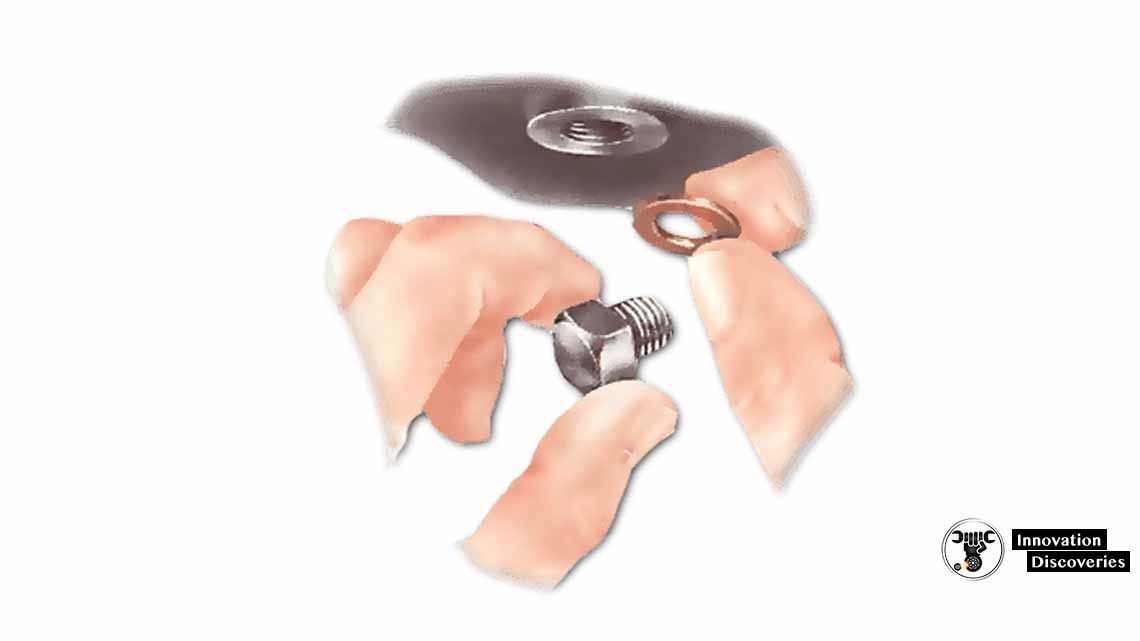
There are gaskets under inspection plates,
Which leak occasionally if the plate has been removed and refitted badly.
Some plates can be reached only by removing the gearbox,
A task best left to a garage. Other plates are more easily reached.
Drain the gearbox oil and unscrew the inspection plate. Clean off the remains of the old gasket. Do not scratch the metal; scratches can prevent a proper seal being made later.
Smear both faces with gasket sealant and lay the new gasket in place.
Refit the plate, check that the gasket is straight, and tighten the screws evenly. Refill with oil.
A leak at the filler plug or drain plug is probably due to a damaged sealing washer. Fitting a new one should cure the leak.
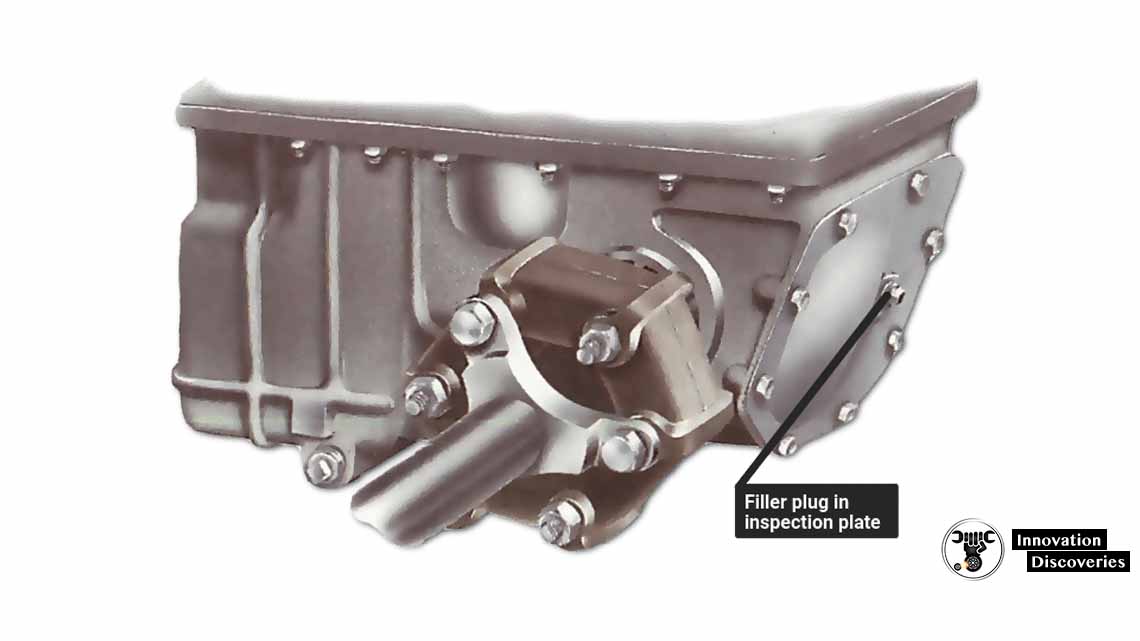
If it does not, the threads may be damaged. Making a new thread is best left to a garage.
The oil seal where the speedometer cable enters the gearbox sometimes fails. Fit a new one
(See Fitting a new speedometer cable ).
A leak at the front end of the gearbox may come from damaged seals in either the engine or the gearbox,
Or a gasket between the gearbox and the clutch bell housing. Such a leak often drips from the bottom of the bell housing.
Such leaks must be repaired; if they suddenly get worse, severe damage could result. To replace these seals the gearbox must be removed – a job for a garage.
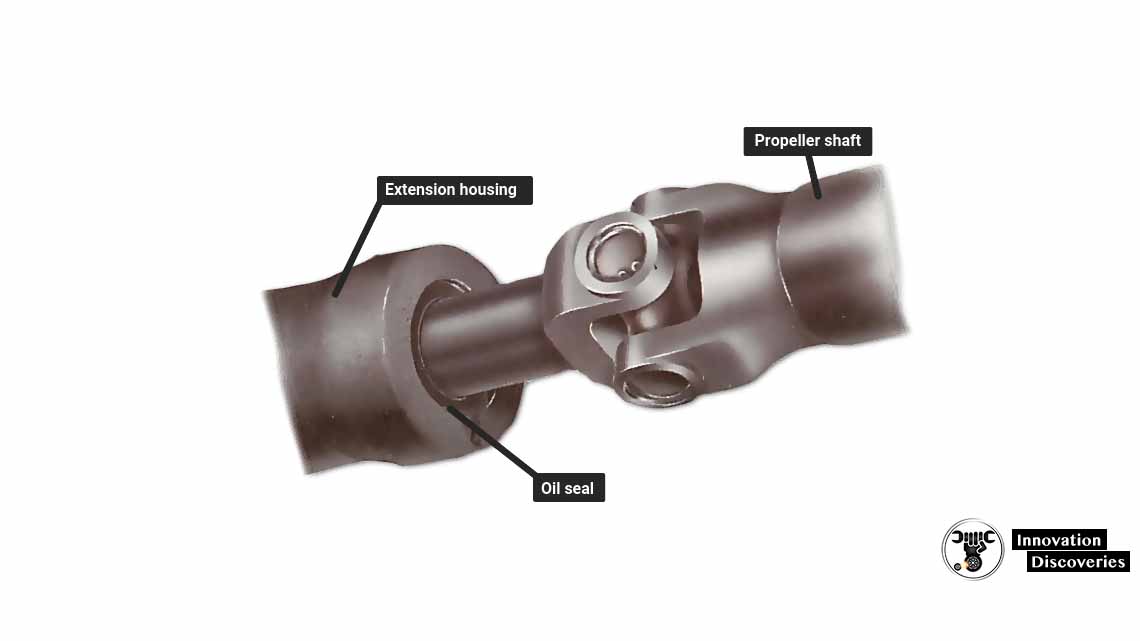


5 Comments